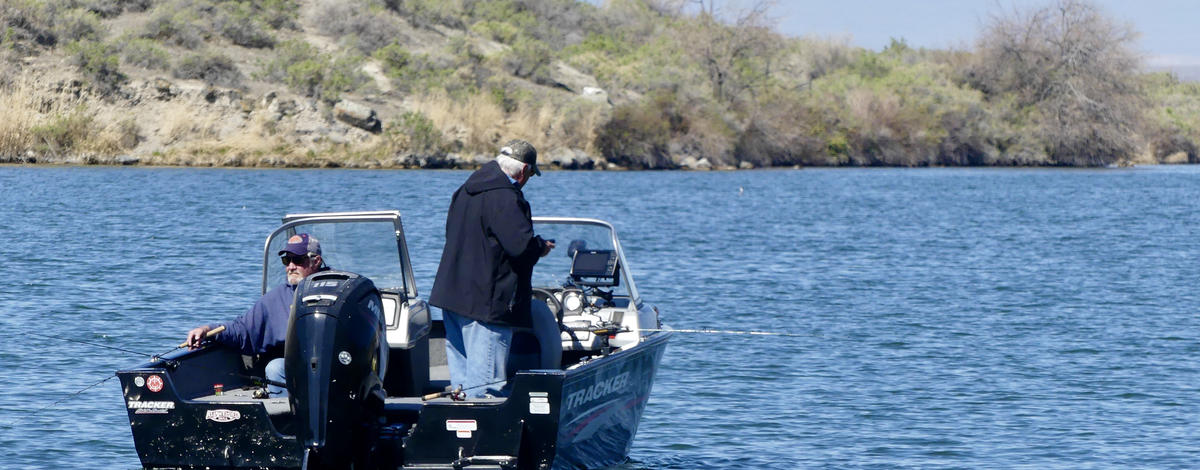Memorial Day weekend is the kick-off to camping season for many Idahoans, which coincides with one of the best times of year for fishing Idaho’s lakes and reservoirs. Even if you’re not planning to travel for the weekend, there are great fishing opportunities throughout the state ranging from lakes and reservoirs to communities ponds.
You can always find a good fishing spot nearby with Idaho Fish and Game’s Fishing Planner, which provides a wealth of information about fishing waters throughout Idaho, what fish you will find in them and what facilities are available.
May is the biggest month for the number of fish stocked in Idaho, and you can see highlights of May stocking and all recent and past reports on the fish stocking webpage.
If last spring was any indicator, Memorial Day weekend could attract a lot of folks itching to get outdoors. If you’re thinking about heading out, fisheries staff has compiled some options for places that provide excellent fishing as well as lots of campgrounds, boat ramps, day-use areas and other facilities that can accommodate a lot of folks.
This list only scratches the surface, and these are some of Idaho’s largest waters with plenty of developed facilities. Some of these destinations favor folks who own boats, but most provide good shore access as well, and some offer boat rentals and outfitters. Here are some large lakes and reservoirs that are among the best:
Lake Pend Oreille
Lake Pend Oreille boasts some impressive stats: it’s 43-miles long and 6-miles wide with 111 miles of shoreline, not to mention 1,158 feet at its deepest spot, making it the fifth-deepest lake in the U.S.
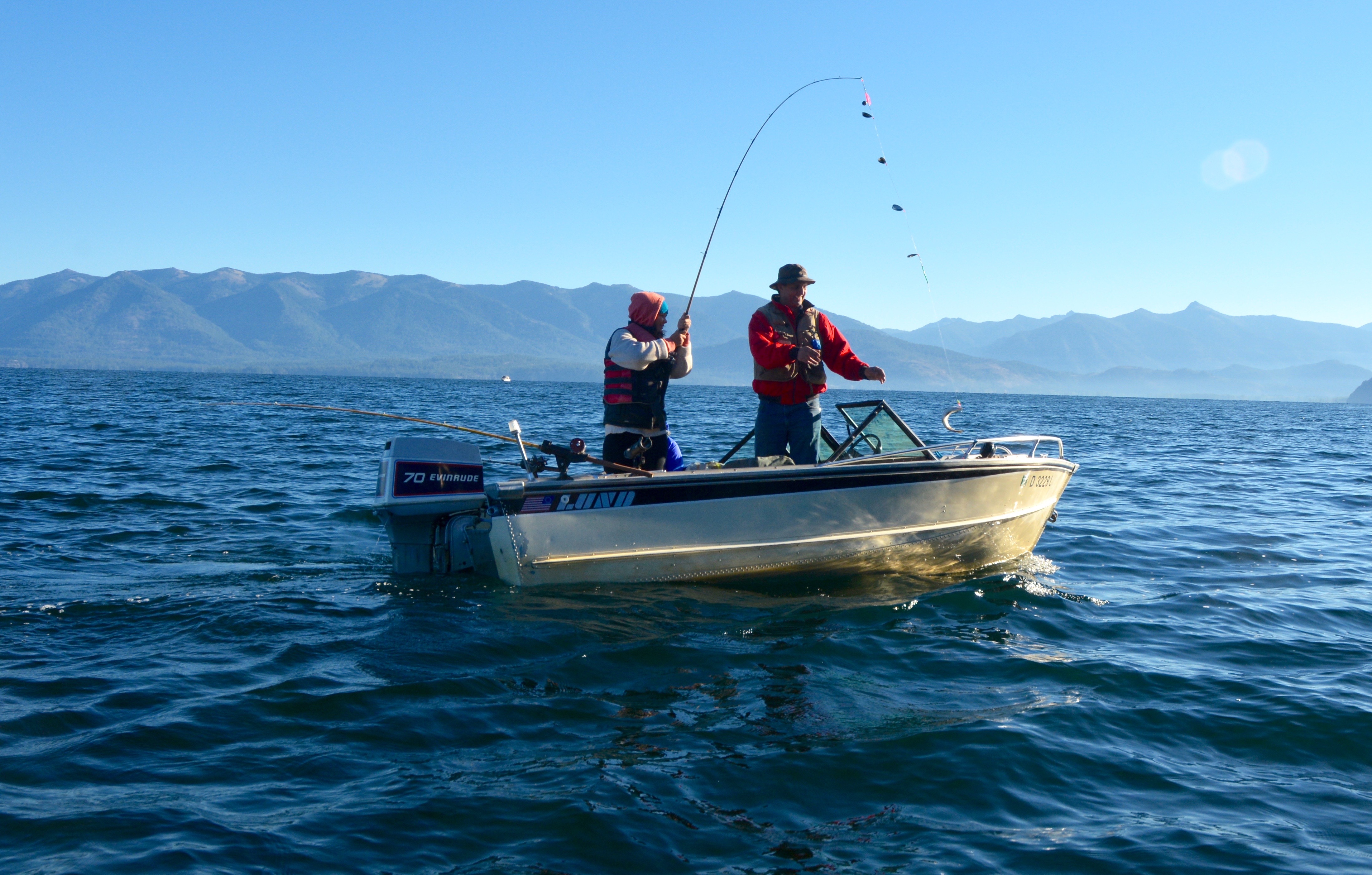
The backbone of Lake Pend Oreille’s fishing is its kokanee population, which is thriving after Fish and Game launched one of the largest fishery restoration projects in its history to bring those fish back to abundance. In 2020, Fish and Game crews surveyed the lake and found more kokanee than they’ve seen in 20 years. That’s great news for kokanee anglers, but many other anglers benefit because kokanee also support the lake’s trophy rainbow trout, bull trout, and lake trout populations, allowing them to grow to massive sizes. The lake has recently produced rainbow and bull trout larger than 25 pounds. In the past, it has produced numerous state record fish, as well as the current world’s record for bull trout (which can no longer be harvested) and the former world-record rainbow trout.
The lake also hosts a variety of other gamefish, including cutthroat trout, brown trout, largemouth and smallmouth bass, black crappie, northern pike, and walleye.
And just so you know, there are currently walleye swimming in the lake that have a $1,000 bounty on their heads. To find out if you caught one, cut off its head and bring it to a drop-off point. There’s also a $15 bounty on lake trout in an effort to keep their populations in check and to help keep kokanee abundant. Learn more about the Lake Pend Oreille Angler Incentive Program.
Lake Pend Oreille is also a full-service lake with many marinas, boat rentals, guides, charters and other services, not to mention a multitude of options for lakeside accommodations, which makes it a popular destination for anglers and vacationers alike.
Coeur d’Alene Lake
Being in the shadow of Lake Pend Oreille is a tough spot to be, but Coeur d’Alene Lake still shines with a combination of size, quality and variety. While roughly half the size of Lake Pend Oreille at 26-miles long and about 1- to 3-miles wide, it’s still Idaho’s second largest lake (Bear Lake is larger, but divided between Idaho and Utah).
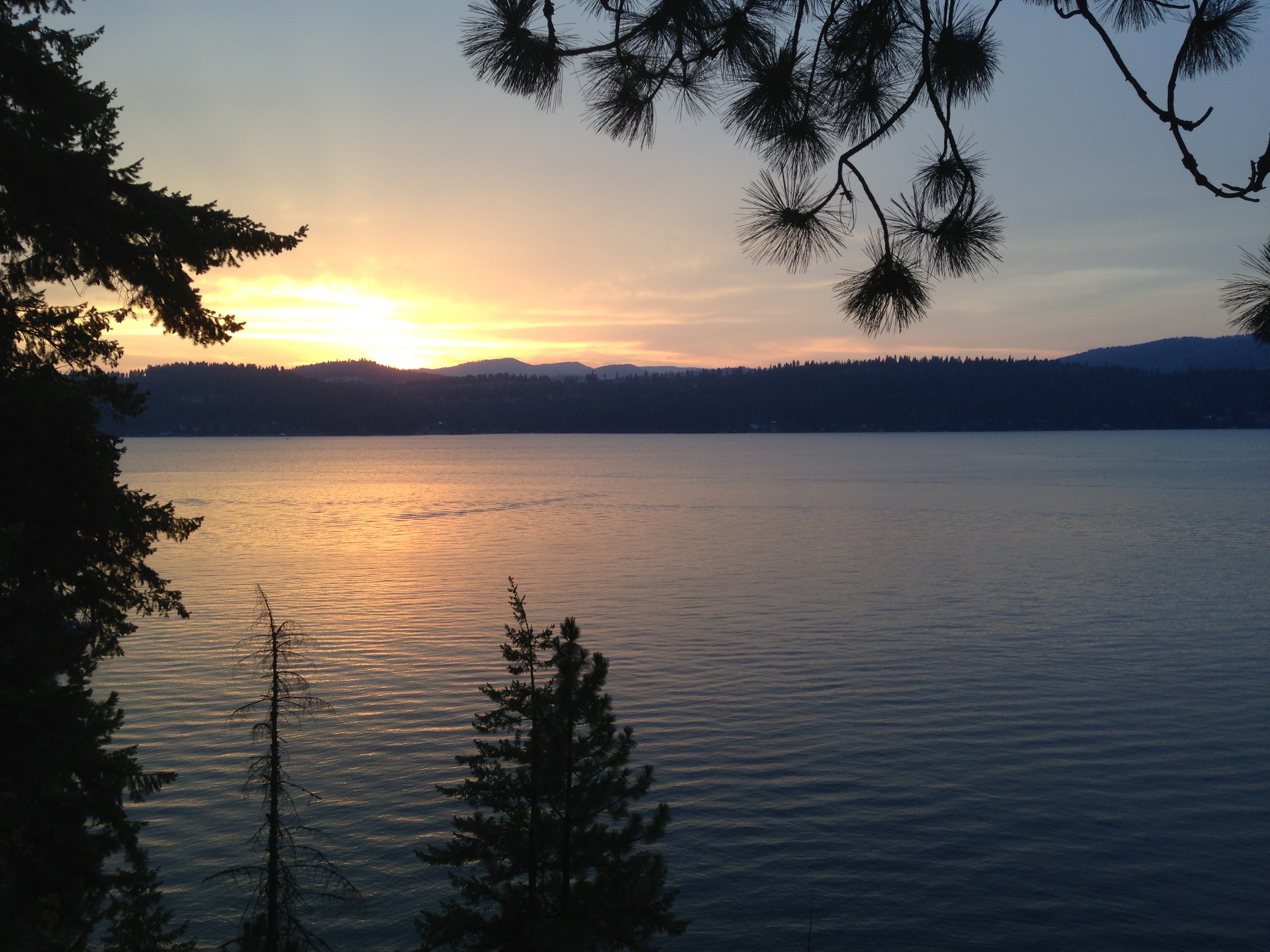
Its native fish include Westslope cutthroat, bull trout and mountain whitefish, but throughout its history, Coeur d’Alene Lake has had many other fish introduced that now provide good-to-excellent fishing opportunities. Game fish include kokanee and Chinook salmon, largemouth and smallmouth bass, northern pike, yellow perch, black crappie, brown and black bullheads, and more.
Like its bigger sister to the north, the lake has also produced numerous state-record fish, and while its kokanee and Chinook tend to be its marquee fishing attractions, it has repeatedly been named among the top 100 bass fishing lakes in the U.S. The lake has not only its namesake town on its shore, but also several smaller communities, all of which provide accommodations, guides and services for a fishing destination.
Priest Lake
As if Northern Idaho didn’t have enough to brag about, Priest Lake adds another big lake with postcard scenery and quality fishing. Unlike lakes Coeur d’Alene and Pend Oreille that are located near cities, Priest Lake is more rural and less developed, but still has the all the services you need for a day trip, weekend outing or extended vacation with campgrounds, resorts, charters, boat rentals, accommodations, and more.
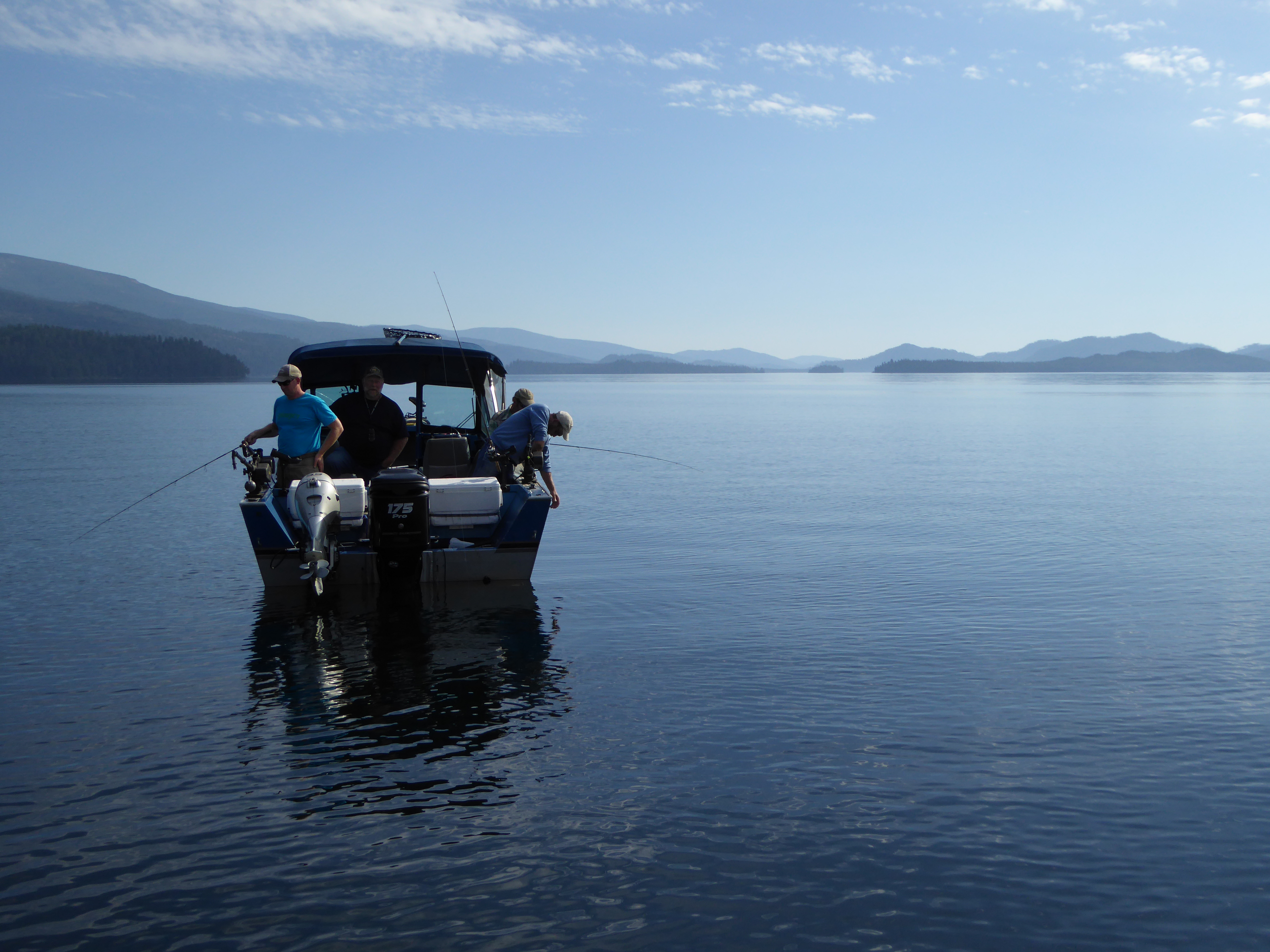
Priest Lake is about 19-miles long and about 4-miles wide, but it is different from other big lakes and reservoirs because it’s actually two lakes. It’s connected to Upper Priest Lake by a short, narrow channel that’s passable for most boats. The upper lake has no road access and is mostly undeveloped, but it does feature shoreline campsites.
Priest Lake’s main sport fish are lake trout (also called Mackinaw), cutthroat trout, smallmouth bass, and kokanee salmon. Lake trout and smallmouth bass offer the best catch rates. Experienced anglers can fairly routinely catch a bag limit of six lakers that usually run in the 16-to-22 inch range. On occasion, a lucky angler will catch a trophy-sized lake trout weighing 10 to 20 pounds.
The lake’s abundant lake trout population has taken its toll on the kokanee population, so catch rates for kokanee are much lower than in Lake Pend Oreille where the population is much larger. If you’re seeking a more backcountry atmosphere, Upper Priest Lake is an excellent opportunity to find it, but don’t expect to be alone because it’s a popular area for anglers, campers and boaters. The upper lake is a good place to fish for native cutthroat trout and bull trout. Just remember, catch-and-release is required for these species.
Dworshak Reservoir
The reservoir is created by Dworshak Dam and creates a backwater on the North Fork of the Clearwater River and several tributaries covering about 16,500 acres in the heart of the Clearwater backcountry.
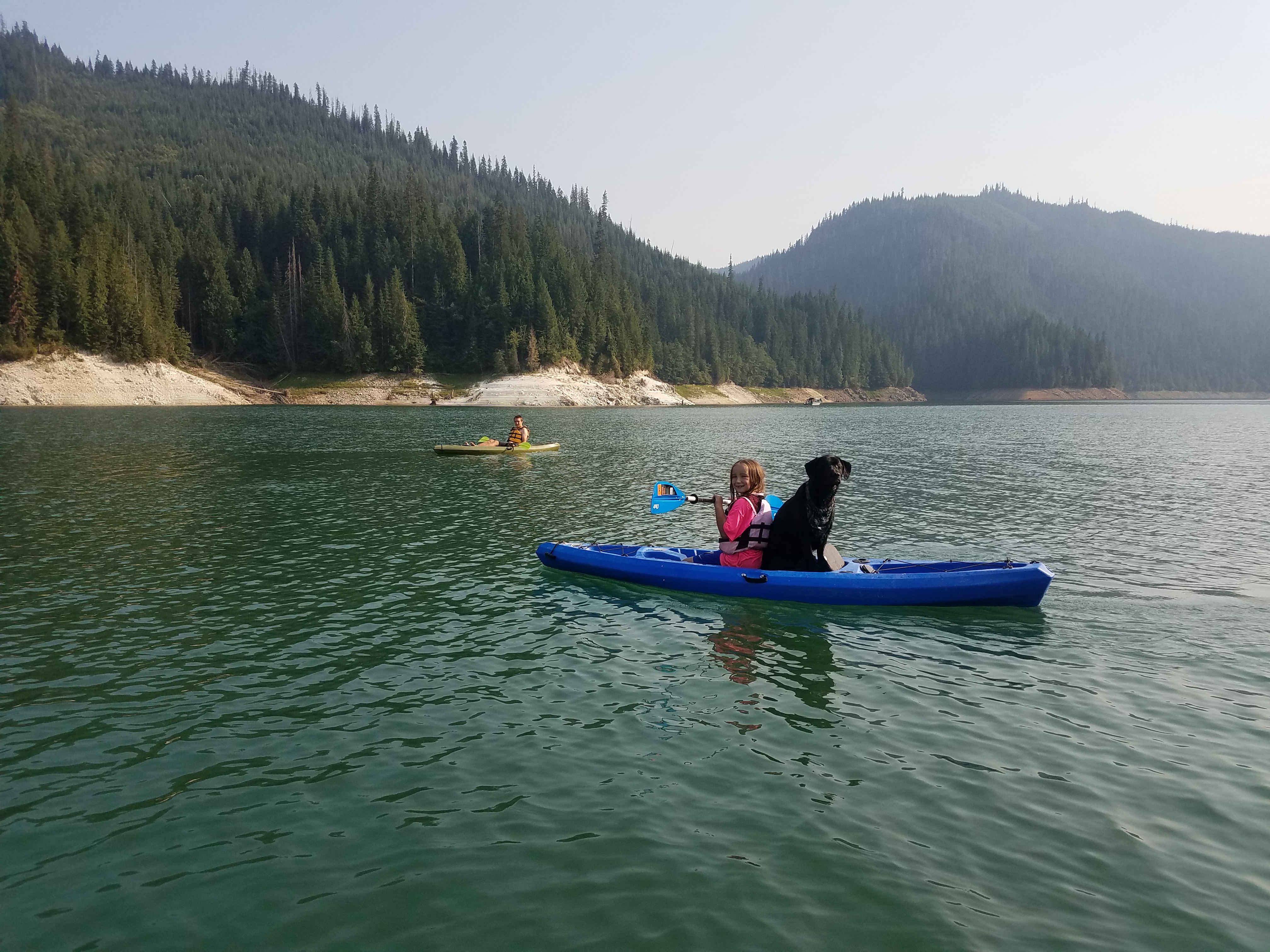
Anglers can catch kokanee salmon, trout, and smallmouth bass. Dworshak is the current state record holder for smallmouth bass and continues to produce trophy-sized fish.
Most people access the reservoir and launch boats via Dworshak State Park at the reservoir’s south end, near the town of Ahsaka and a few miles west of Orofino. If you’re planning to camp, that’s a good option that will give you easy access to nearby services.
But another option if you want more seclusion is boat-in campsites with no road access that are managed by the US Army Corps of Engineers. There are 96 of them located throughout the reservoir, and all are equipped with vault toilets, picnic tables, and fire rings. Use is first-come, first-served, and there are no camping fees.
While the reservoir has dozens of miles of shoreline, its lack of road access means it’s best suited for boaters, not shore anglers, although there are a few places to access it. Services are limited once you’re on the lake, so stock up in nearby communities before you get there.
Lake Cascade
While technically a reservoir, this lake is among the largest in the state at 21-miles long and up to 4.5-miles wide. Despite its size, it’s relatively shallow with a mean depth of 26 feet, but it’s extremely productive and has produced numerous state and world-record fish. Lake Cascade’s perch fishery is a great success story thanks to a multi-year effort by Fish and Game and partners to reduce predatory, nongame fish, transplant perch from other waters and let them naturally spawn and flourish.
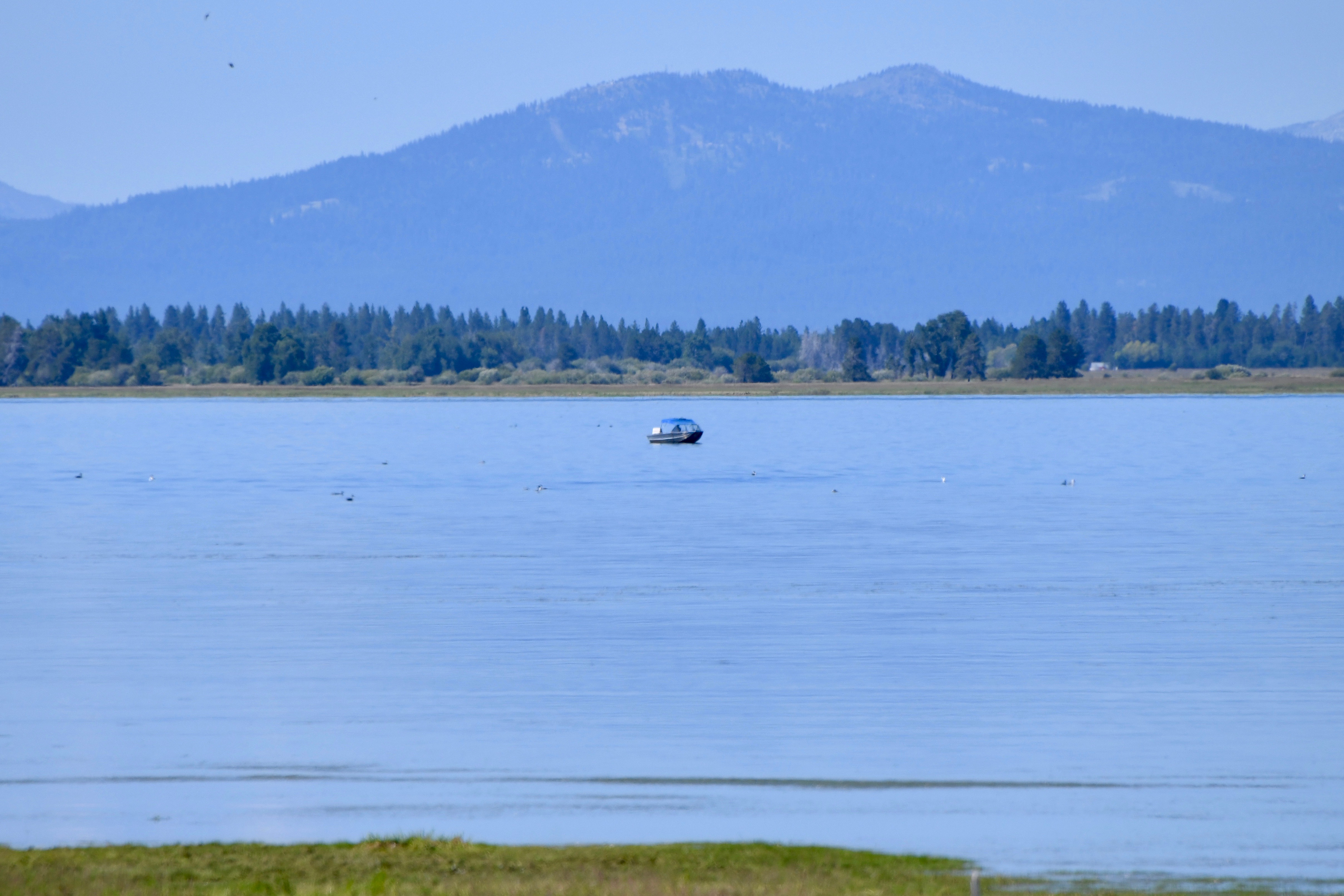
While perch may be lake’s current marquee species, it has at least 10 species of game fish and produces trophy sizes for many of them. Other species include trophy-sized rainbow trout and smallmouth bass, as well as kokanee salmon and tiger muskie.
Lake Cascade is a year-round fishery, and late spring and summer are excellent times to visit because the lake is rimmed by numerous developed campgrounds. Lake Cascade State Park offers shore-side camping around the lake, as well as boat ramps and picnic areas. It’s well-suited for RV camping and fishing with numerous paved RV pads around the lake with nearby boat launches.
Despite its large size, Lake Cascade is accessible by a variety of boats. Its three arms in the upper end provide plenty of water access for smaller craft, such as a kayaks, canoes and other small craft.
Trolling is a productive way to fish, but because of its relatively shallow nature, bank fishing with bait, or pitching lures, will likely get you into fish. Expect a learning curve, but there are lots of fish to be had if you’re patient and persistent.
Lucky Peak, Arrowrock and Anderson Ranch reservoirs
These three Southwest Idaho reservoirs are interconnected through the Boise River system with Anderson Ranch being a reservoir on the South Fork and Arrowrock and Lucky Peak both being on the main Boise River upstream from Boise. All three share some similarities with fair-to-good kokanee fishing, especially during spring, and outstanding kokanee fishing when conditions are right. The reservoirs also have rainbow trout, landlocked Chinook salmon, smallmouth bass, and other game fish.
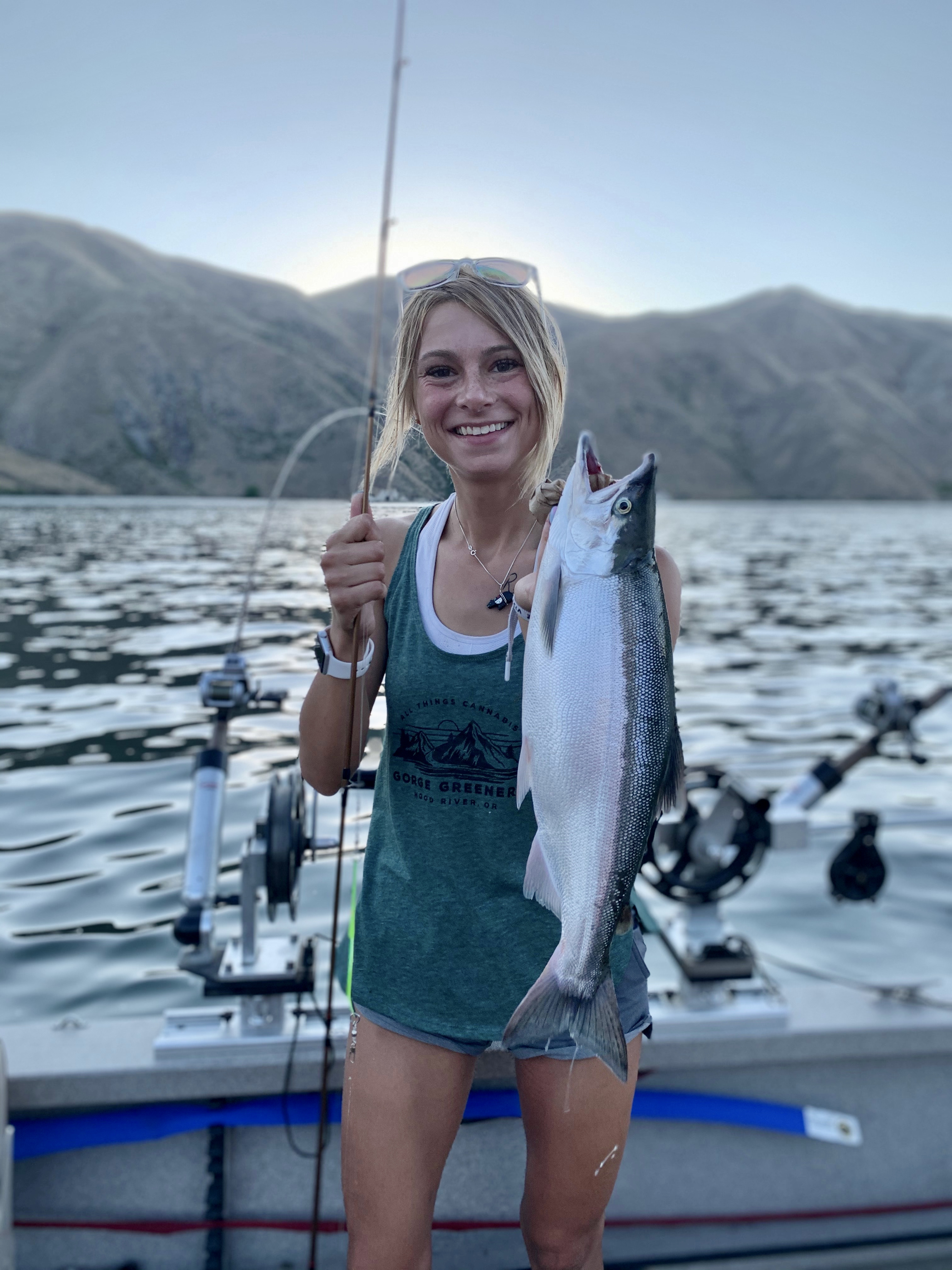
Each has a slightly different character, but all three provide ample fishing opportunities for boaters and shore anglers. There are some campgrounds and dispersed camping sites available, but they will likely be in high demand over Memorial Day weekend, so beware. Supplies are readily available in Boise, and the town of Pine has supplies and services for those who visit Anderson Ranch Reservoir.
Spring is arguably the nicest time of year to enjoy these three large reservoirs because they tend to be warm and sunny, but the brutal summer heat is still likely weeks away.
All three have multiple boat ramps and Lucky Peak has a series of shore-side picnic areas that are accessible only by boat.
While these are large reservoirs and people should be cautious, especially when it's windy, they're still accessible by smaller craft, such as canoes, kayaks and other fishing craft.
American Falls Reservoir
American Falls is the largest of Idaho’s Snake River reservoirs, but unlike others that tend to favor warmwater fish, American Falls is kind of a hybrid because it also supports a trophy trout fishery that includes rainbows, browns and cutthroat.
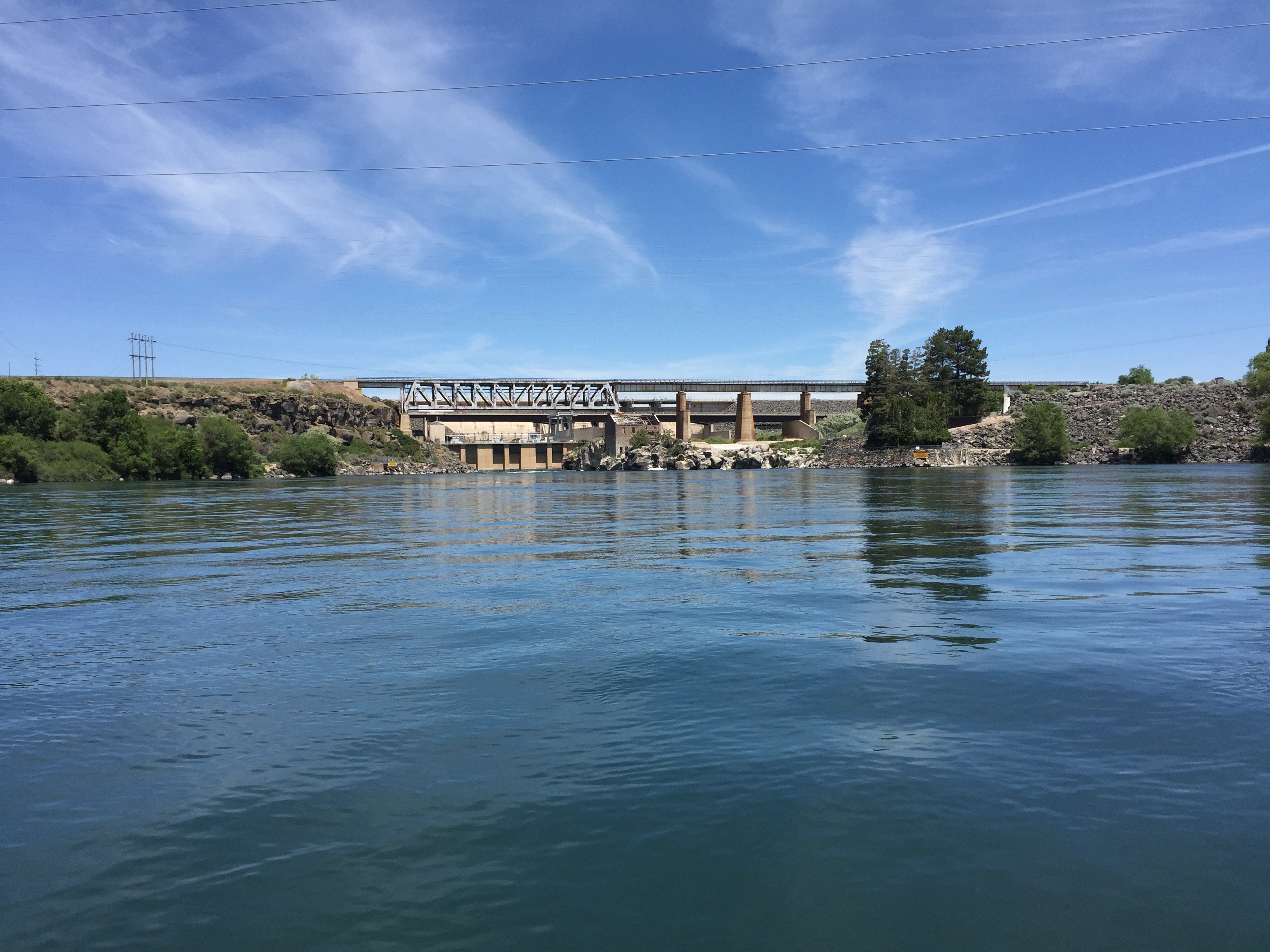
And hybrid is an apt description in other ways because although it’s a large reservoir at 55,000 acres, its shoreline has a variety of bays, inlets and coves that provide a fishing experience similar to smaller waters, which anglers in small craft can enjoy.
The lake has lots of catchable trout thanks to regular stocking by Fish and Game. These trout thrive in the productive waters and grow to large sizes. That productivity also applies to naturally spawning smallmouth bass, which are plentiful and also grow large, and there’s also yellow perch.
The town of American Falls is at the southwest end of the reservoir, where there are also several boat launches and fuel available. There’s also services and a boat launch available near Aberdeen, midway up the reservoir on the westside. Camping is available at Massacre Rocks State Park, as well as several private RV parks and campgrounds on or near the reservoir.
Bear Lake
Large and unique are two simple words to describe this Southeast Idaho destination. Large is pretty self explanatory, and to be specific, it’s about 20-miles long and 8-miles wide. The lake is roughly divided in half between Idaho and Utah, and you can fish with a license from either state.
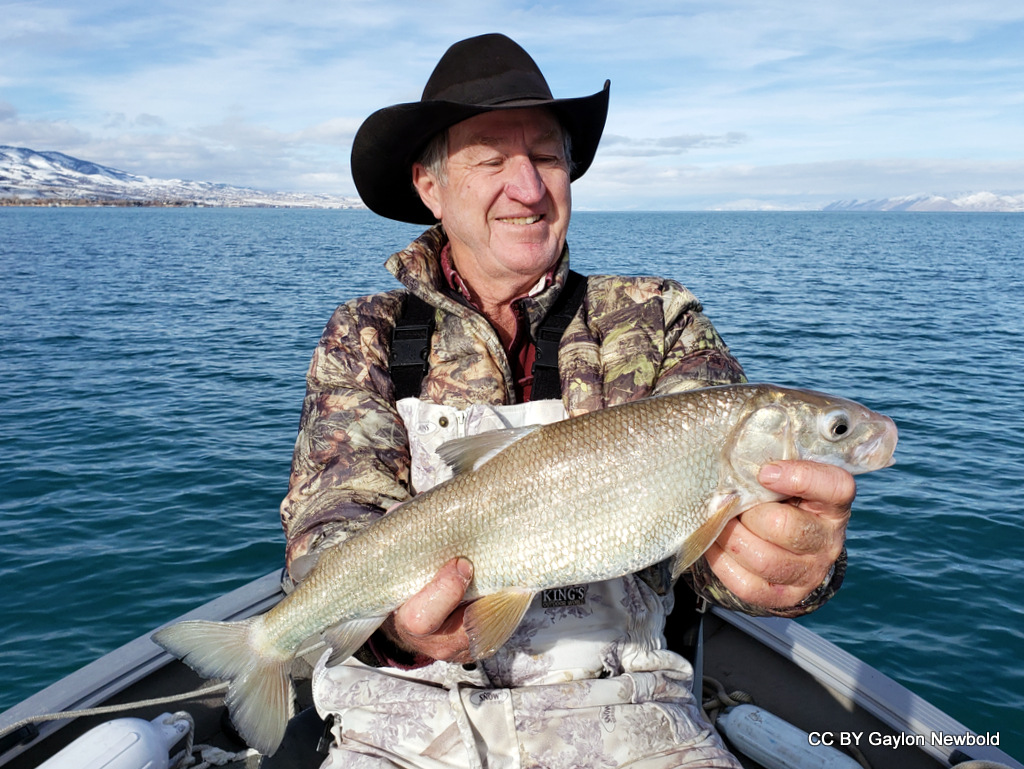
The unique part deserves more details. First, its clear, aquamarine color has earned it the nickname of “Caribbean of the Rockies” and the lake boasts four “endemic” species of fish, which means they exist nowhere else on earth. They include: Bear Lake whitefish, Bonneville cisco, Bonneville whitefish and Bear Lake sculpin.
Anglers are drawn to the lake for its trophy Bonneville cutthroat trout, lake trout and whitefish. In addition, there’s a unique (there’s that word again) cisco fishery where fish are dipnetted through the ice during the fishes’ winter spawning season.
The lake’s size and large fish that favor deeper water mean it’s best fished from a boat, but there are some shore fishing opportunities as well.
The lake is a destination for many people, so there’s a wide range of services available, including full-service camping at Bear Lake State Park, various accommodations from motels to vacation rentals, boat and other recreation rentals, and more.
Brownlee, Oxbow, Hells Canyon reservoirs
This trio of reservoirs in Hells Canyon are a mecca for warmwater anglers and a scenic destination for campers and anglers. People travel from Idaho, Oregon and beyond to catch abundant bass, crappie, catfish, sturgeon, bluegill and more. But what makes this area fun and exciting for anglers is that regardless of what fish you’re targeting, there’s a good chance you will catch something else as well.

Brownlee is the largest and uppermost in the chain of three reservoirs in Hells Canyon. Most of the reservoirs' shoreline undeveloped, but Idaho Power Company provides several excellent campgrounds with full services, as well as boat launches and picnic areas. But there are many places where people can camp in undeveloped, or lightly developed shoreside spots. Much of these reservoirs and the river are the border between Idaho and Oregon, and anglers with either state’s license can fish there. But if you’re fishing from shore, make sure you have the license from that state to remain legal.
While most anglers use boats so they can reach areas that are not accessible by road, there are many coves, bays and areas that provide good shore fishing. Rocky points are typically hotspots for smallmouth bass and crappie. Catfishing for channel cats can also be excellent, especially in the upstream end where the river transitions into Brownlee Reservoir.
Brownlee has a well-deserved reputation for its trophy fish, having produced several state records. And although better known for its warmwater fishing, all three reservoirs can produce some trout fishing as well, particularly in areas where streams flow into the reservoir.
Hells Canyon requires a little more effort to reach, and most anglers access it through the small town of Cambridge along U.S. 95 midway between Weiser and Council. From Cambridge, a two-lane highway (Idaho 71) will twist and turn and descend into Hells Canyon. Supplies and service are limited, so make sure you bring what you need.
Henrys Lake
Unlike most Idaho lakes that are open year round, Henrys Lake closes from winter to Saturday of Memorial Day weekend, so the holiday is its annual opener for fishing. Henrys Lake has some amazing trout fishing, but beware it is located at about 6,500-feet elevation, so expect cooler weather, and May snowstorms are not unusual.

Henrys Lake is a destination for anglers trying (and often succeeding) to catch its large Yellowstone cutthroat trout, sterile rainbow/cutthroat hybrids, and sterile brook trout. Sterile is notable because sterile fish tend to be fast growing and achieve large sizes.
Henrys Lake produced the state-record brook trout, an 8-pound behemoth by brookie (or any other trout’s) standards. Cutthroats and hybrids semi-regularly top the 10-pound mark, and 20-inchers are so common they barely raise an eyebrow, unless of course, one is on the end of your line.
Fish and Game stocks 750,000 to 1.3 million young trout each fall, most of which are taken from spawners returning to a hatchery on the lake, which ensures a steady supply of big fish from this productive lake.
Due to its high elevation, Henrys has a fairly short fishing season for open water (non-ice) and summer and early fall are both prime times for anglers. Aquatic vegetation tends to grow along the shoreline during summer, so bank angling can be challenging depending on your location. Despite its high elevation, the lake can warm during summer, which tends to drive fish into deeper water in the middle of the lake.
Camping is available at Henrys Lake State Park, and at other developed and dispersed camping areas on public land managed by the Forest Service and Bureau of Land Management. There are various other accommodations around the lake, as well as most services.
C.J. Strike Reservoir
This is another bountiful reservoir created by a dam on the Snake River in southern Idaho. But C.J. Strike is a little different than others because C.J. Strike Dam is a “run of the river” dam, so its levels remain relatively constant. Why is that important? Because it provides a relatively stable environment and a very productive place to grow fish.
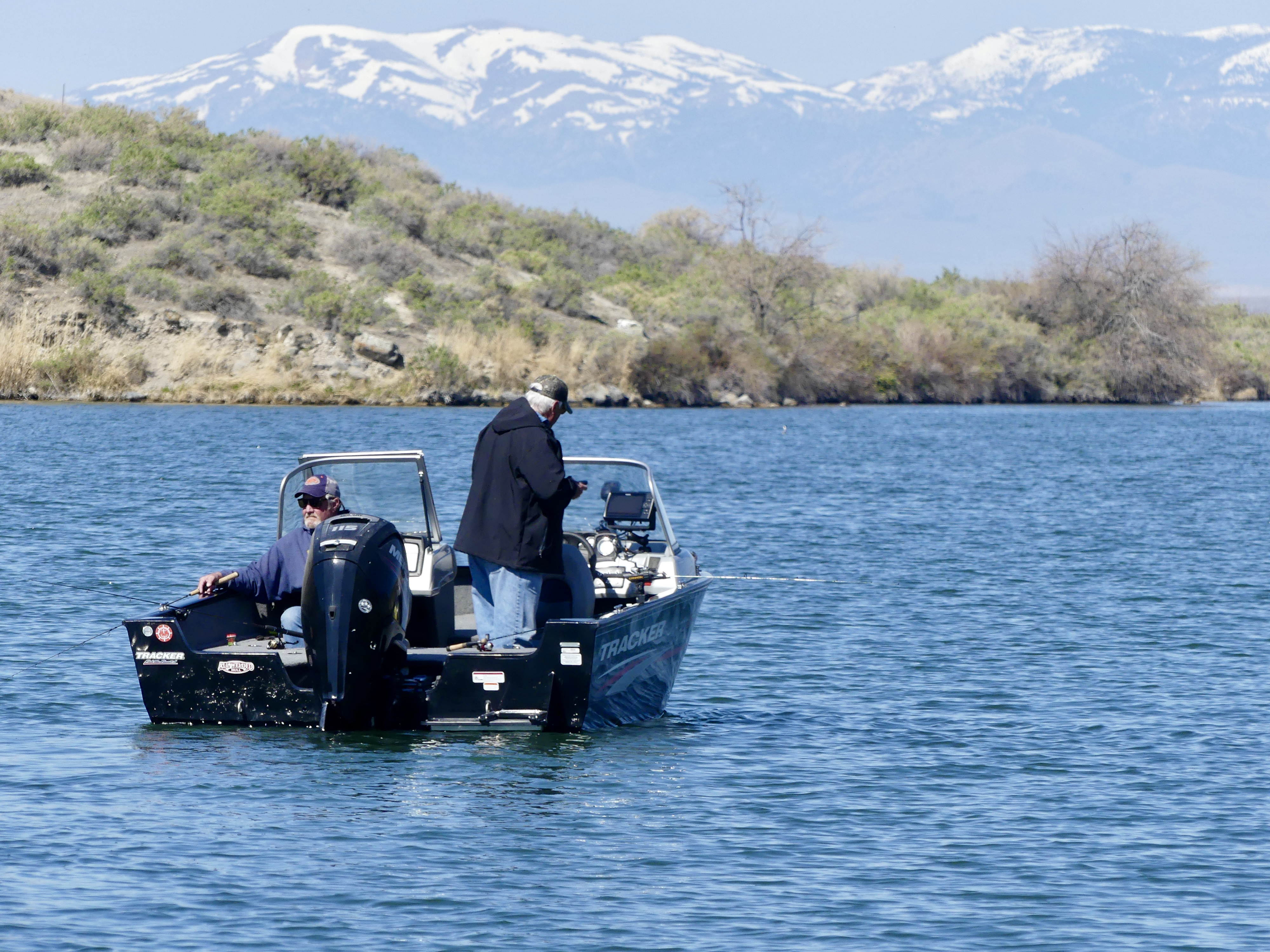
Like other Snake River reservoirs in Southern Idaho, warmwater fish are its main attraction, but there are some trout as well. Smallmouth bass, largemouth bass, perch and crappie are among the most common species caught in C.J. Strike, but you can also catch bluegill, sturgeon, channel catfish and bullheads, as well as a variety of nongame fish.
C.J. Strike is currently having a banner year for crappie, which is typical when conditions favor a healthy class of young fish that grow over several years and all reach prime catching size at about the same time.
For anglers seeking Idaho’s largest game fish, sturgeon up to 9-feet long are abundant in the reservoir, but no harvest is allowed. For those without a boat, the park below C.J. Strike Dam is a prime sturgeon fishing hole for shore anglers. Bring your heaviest rod and tackle.
While boats have a clear advantage for reaching prime fishing spots, most of the south shoreline of the reservoir is accessible by roads and offers lots of place for those without a boat to catch fish. It’s also relatively friendly to small, human-powered boats, such as kayaks, canoe and small pontoon boats, but beware the reservoir can get windy, especially in the afternoons.
The reservoir has several developed campgrounds on the south shoreline, and ample places for dispersed/undeveloped camping. You can find supplies at each end of the reservoir in the towns of Grandview and Bruneau.

